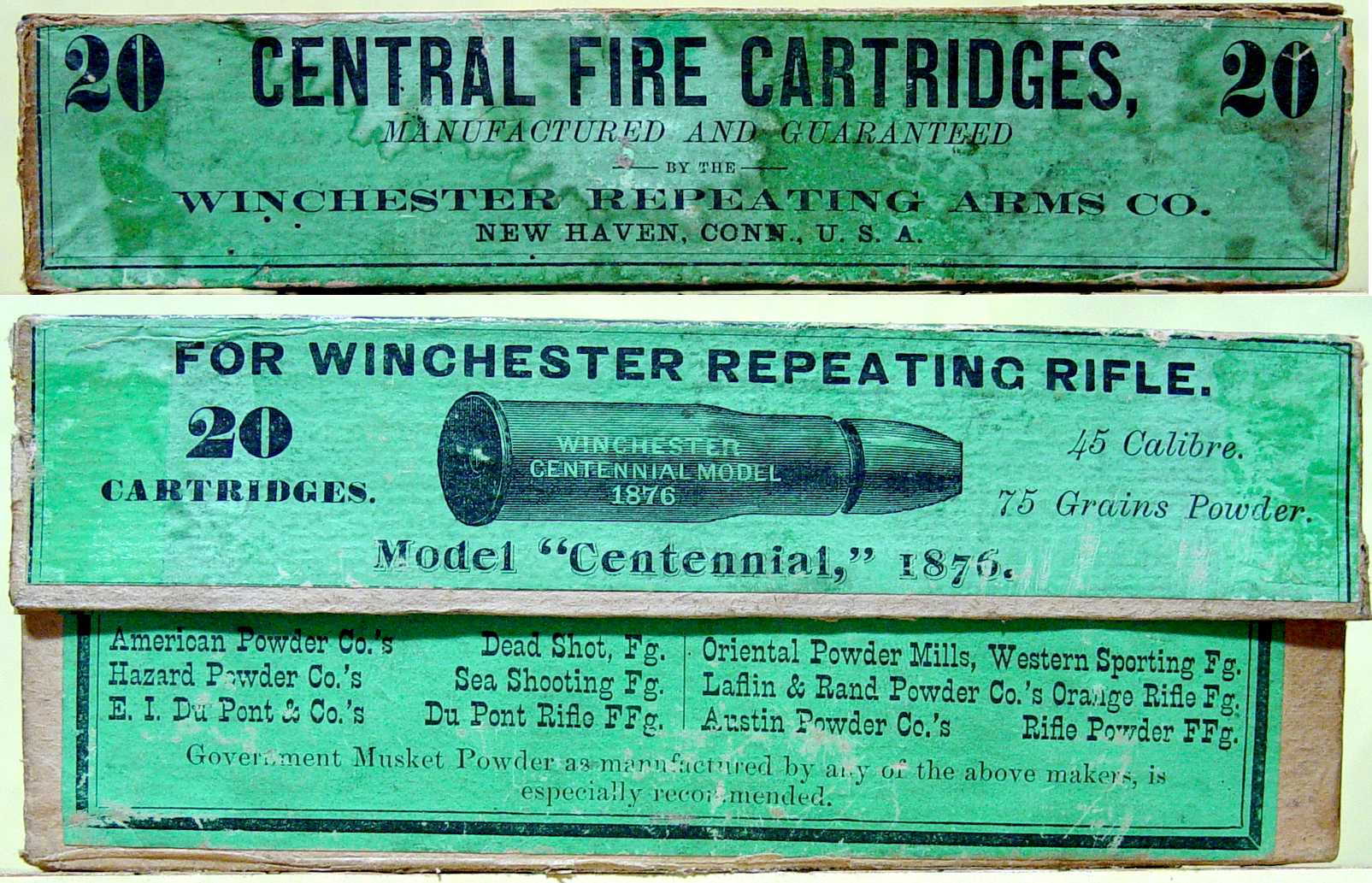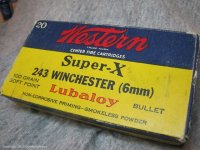Bob Wright
New member
In our discussion of the .45 "Long" Colt a poster noted that the cartridge boxes of yesterday were for fewer rounds than the fifty round box we are so accustomed to today. Never really gave that much thought until that was mentioned. But, in my earliest scrounging for my cartridge collection, I ran into old hardware stores where I found old boxes of cartridges partially filled. Why?
Many folks in those days kept an old Colt or S&W revolver in a bedside table, for home protection. They weren't shooters nor gun savvy, just enough ammunition for home defense. And, during hard times, why buy fifty rounds?
Many of these old time hardware stores broke open a box to sell six or twelve loose rounds, much the same way grocery stores sold loose cigarettes. In the 'Sixties and 'Seventies, I found partial boxes on shelves of such rounds as .41 Long Colt, .44 Russian, and .44 Webley. (You won't find them now, at least not in my area.)
The Army issued handgun ammo in twelve round packages. The old line Cavalry officers emphasized that the carbine, not the revolver, was the arm of the cavalry.
During my brief Army service, .45 caliber ammunition was issued in fifty round boxes, with two sets of half moon clips, most from Lake City Arsenal.
Bob Wright
Many folks in those days kept an old Colt or S&W revolver in a bedside table, for home protection. They weren't shooters nor gun savvy, just enough ammunition for home defense. And, during hard times, why buy fifty rounds?
Many of these old time hardware stores broke open a box to sell six or twelve loose rounds, much the same way grocery stores sold loose cigarettes. In the 'Sixties and 'Seventies, I found partial boxes on shelves of such rounds as .41 Long Colt, .44 Russian, and .44 Webley. (You won't find them now, at least not in my area.)
The Army issued handgun ammo in twelve round packages. The old line Cavalry officers emphasized that the carbine, not the revolver, was the arm of the cavalry.
During my brief Army service, .45 caliber ammunition was issued in fifty round boxes, with two sets of half moon clips, most from Lake City Arsenal.
Bob Wright








